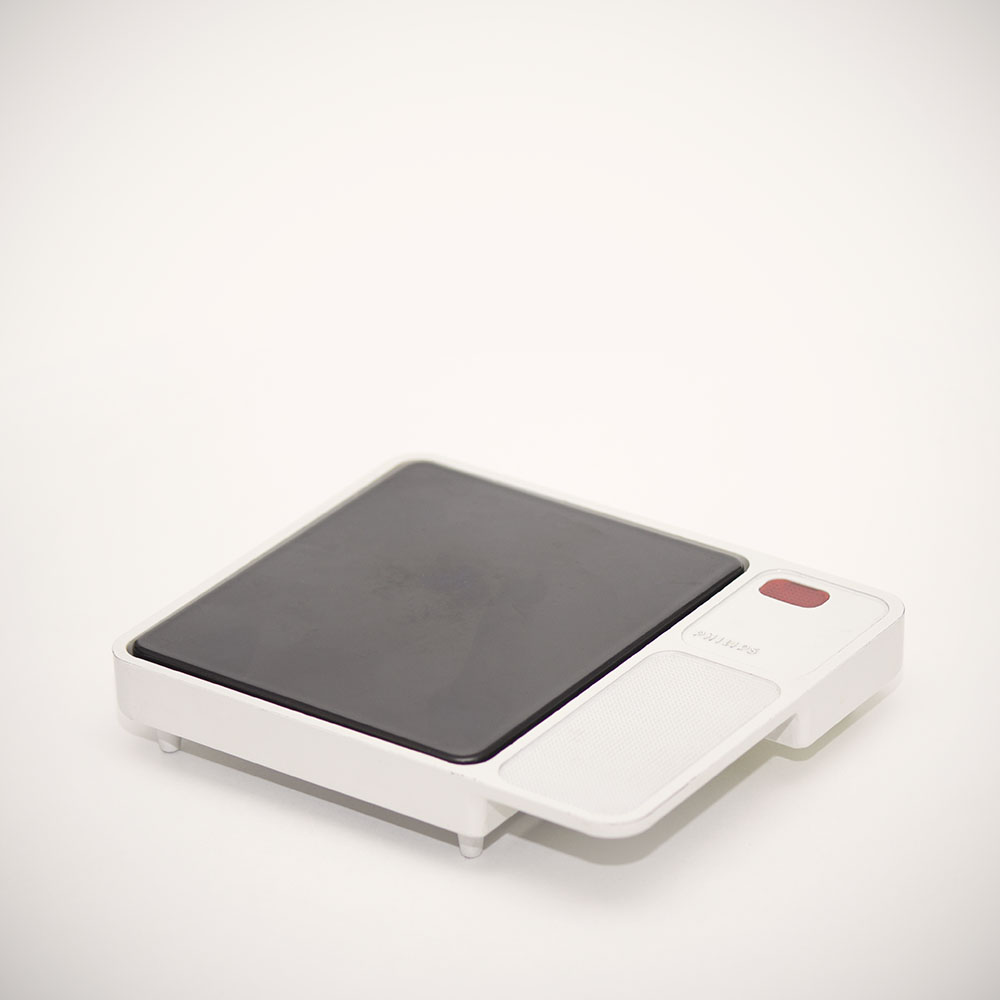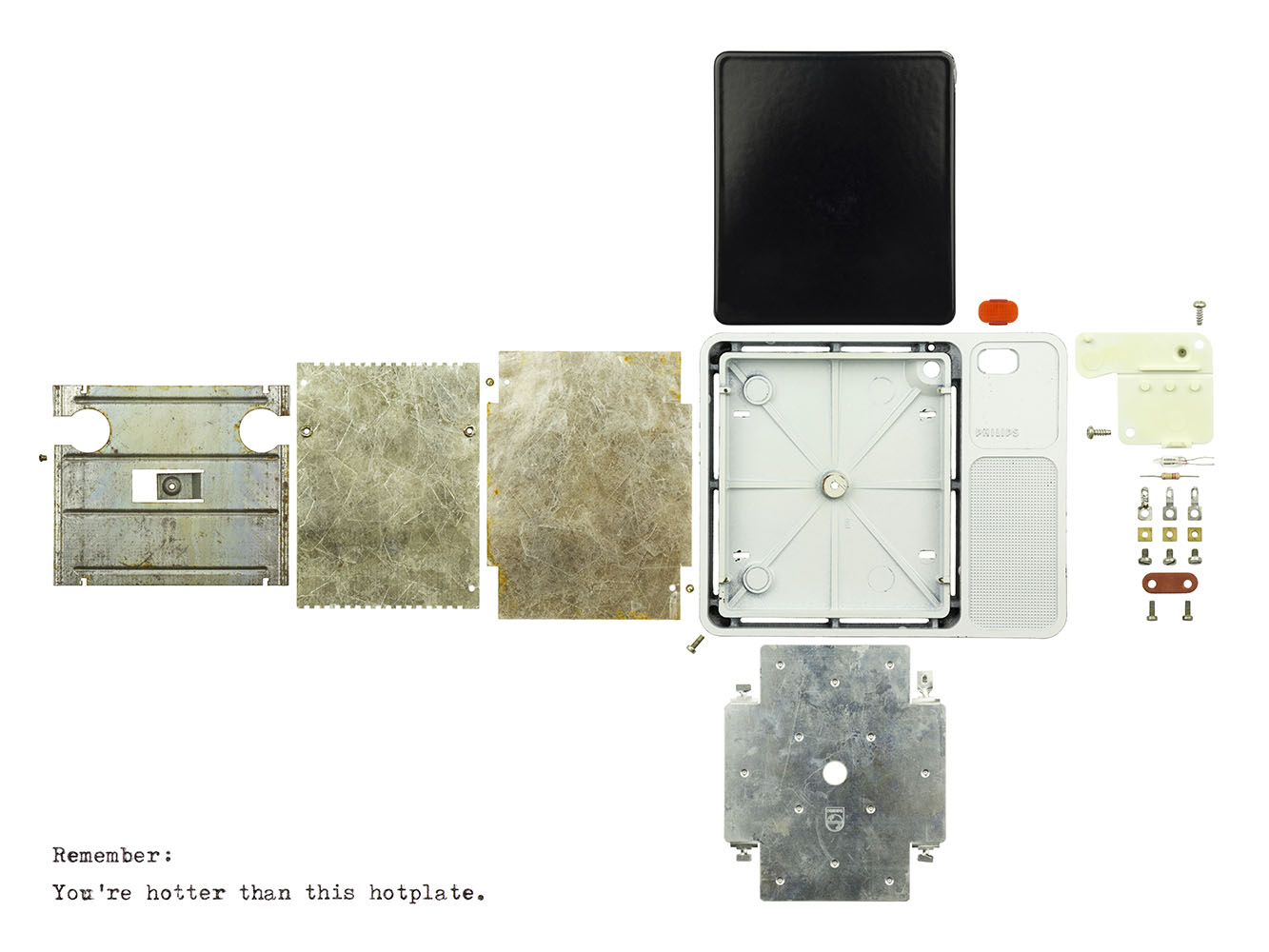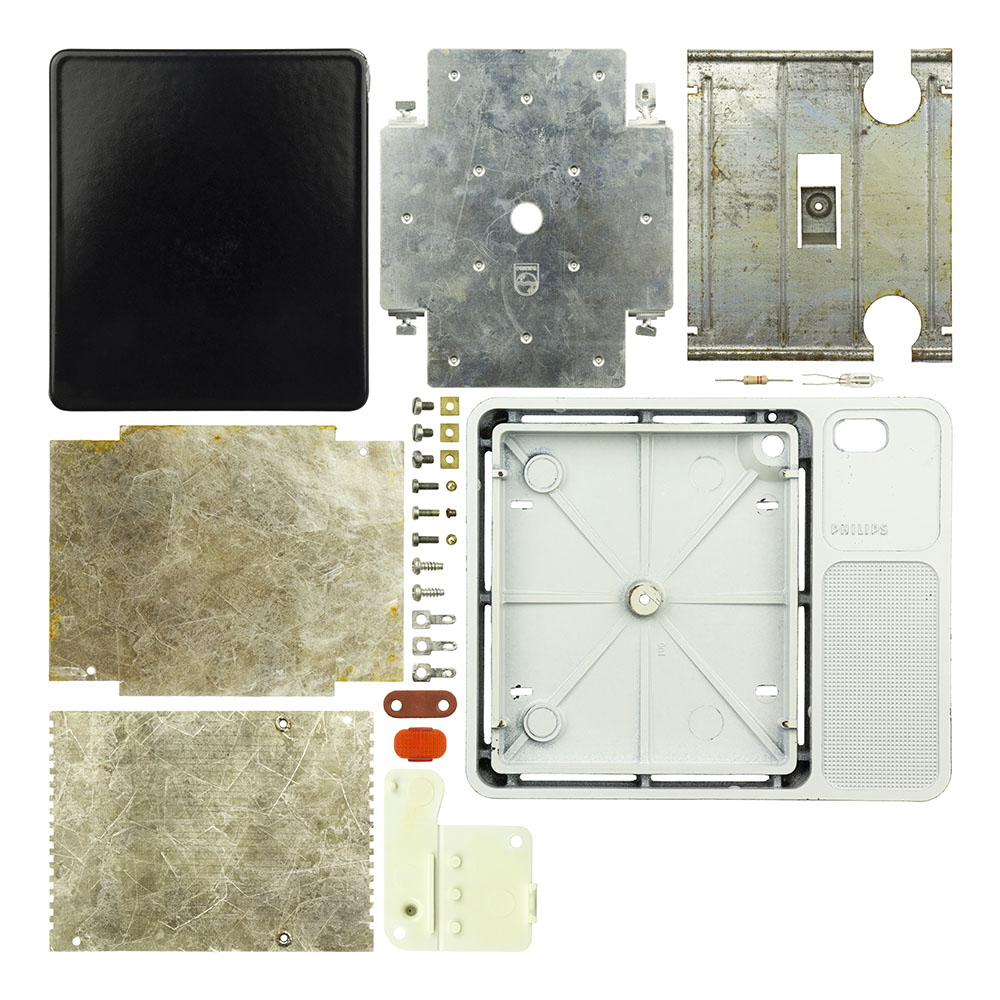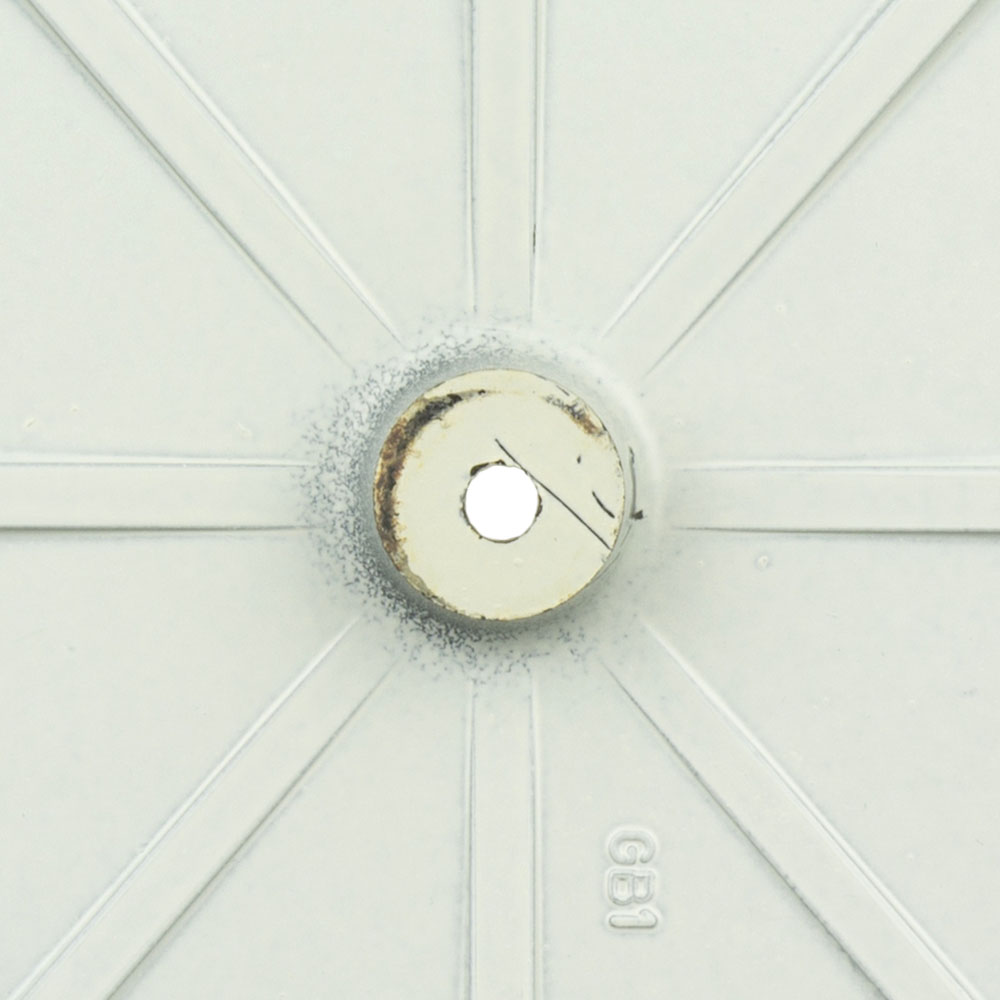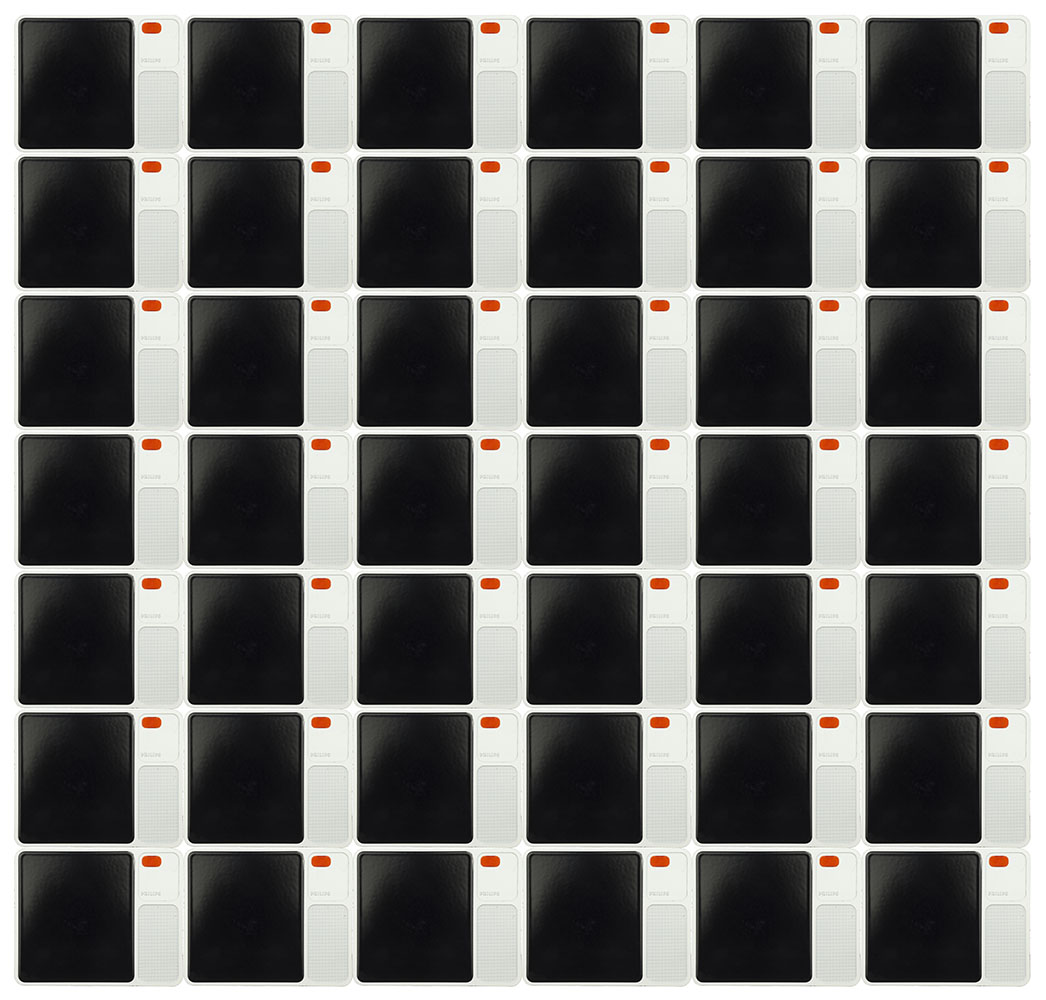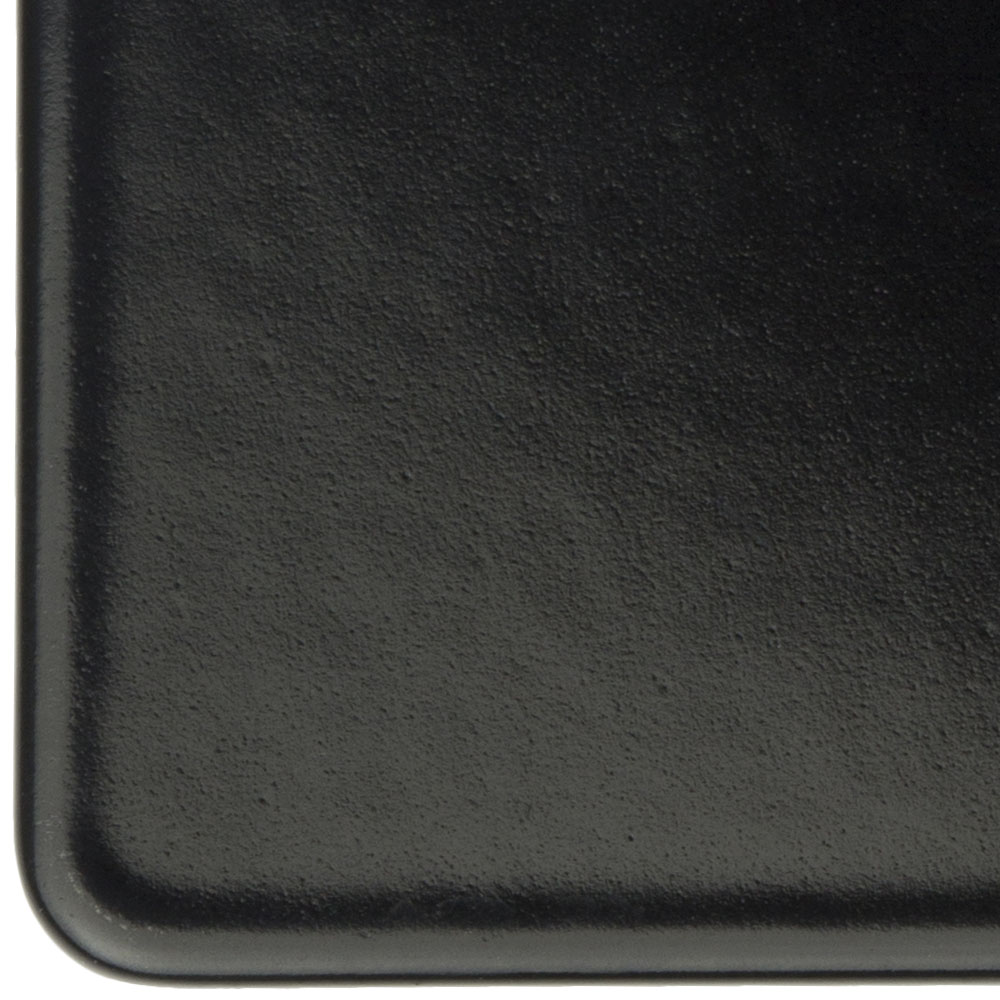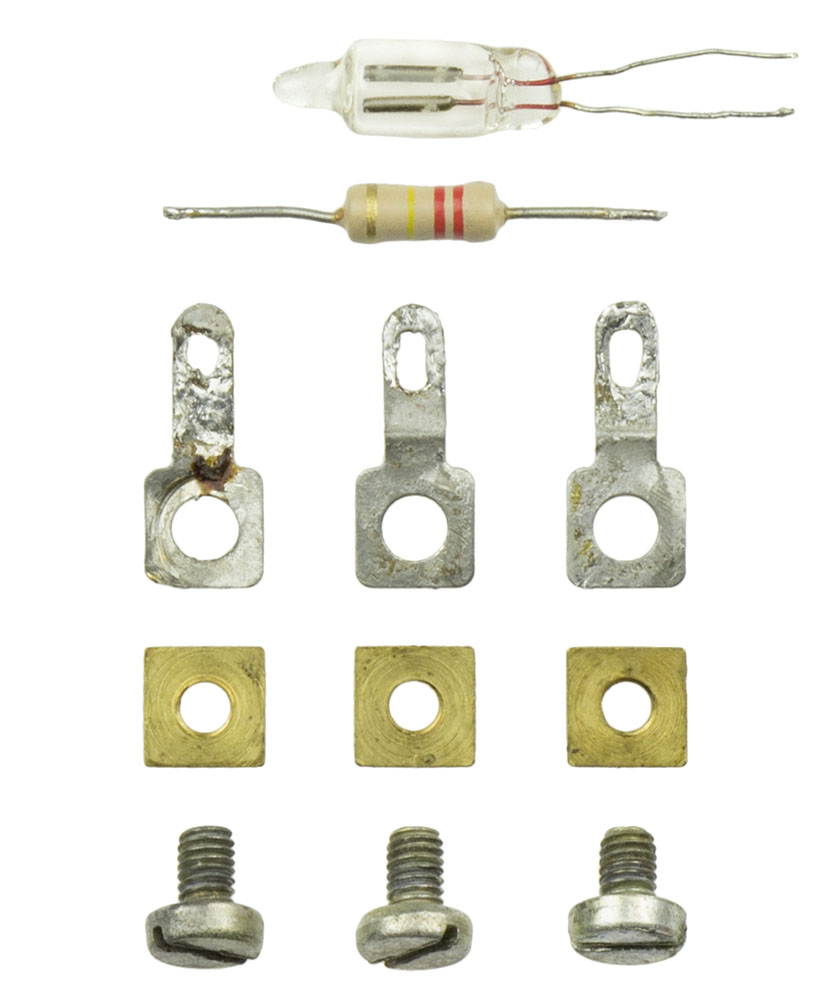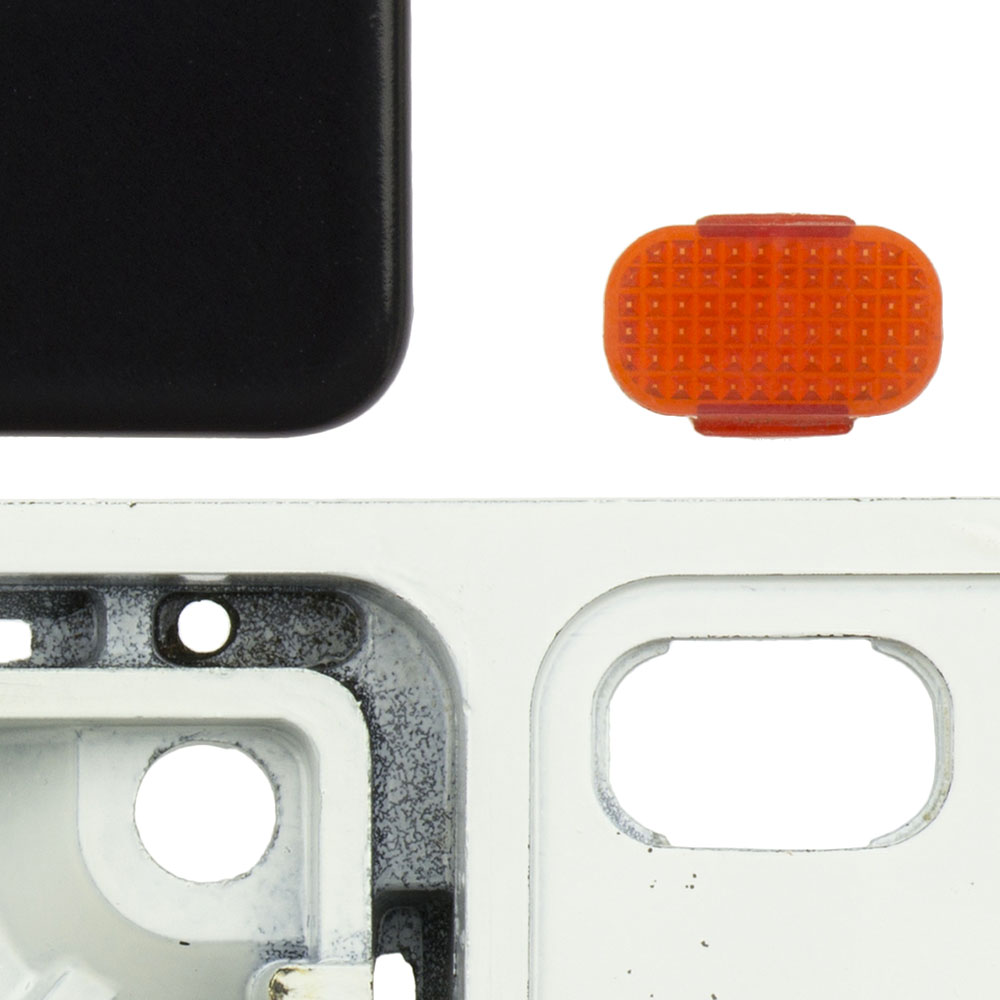
The INTIEs of Project Alpha
After the First Consumerism Crisis and the utter failure of the HK 4250G Multi Blower in the early Seventies, Philips was getting desperate. Their engineers had run out of ideas and so had management. Out of good ideas, anyway. But sometimes bad ideas are better than none, so when one of the suits in the upper echelons of Philips proposed Project Alpha, the entire company was quick to embrace the idea. The identity of this particular manager will forever remain unknown, as he was wiped from the archives upon the ultimate failure of Project Alpha. But rumour has it he was a cousin of Anton Philips himself.
The basic idea behind Project Alpha was simple and potentially ingenious: since the old ways obviously weren’t working anymore, new ways had to be found. So far, so good. The new way of Project Alpha was to fire half the Philips engineers and in their stead hire INTIEs: Intelligent Non-Technically Inclined Employees. Not so good, it would turn out.
Of all the crazy suggestions and inventions of the INTIEs only one ever made it beyond the drawing board and into prototype territory. The man behind the idea was INTIE 23, whose identity will forever remain unknown, as he was wiped from the archives upon the ultimate failure of Project Alpha. But we’re pretty certain he was a man, since 95.3% of Philips personnel at the time, and 100% of their non-secretarial staff, were male. Philips was keeping up with the rest of modern civilization in this respect.
INTIE 23 based his idea on an existing and proven Philips product: the HD 5201 hotplate from 1972. Off to a good start, then. The next step of his plan was to apply all his engineering knowledge to turning the HD 5201 into something new: the ultimate solar panel. We can only assume that his engineering knowledge was limited to 9th grade science classes and How and Why Wonder Books -because it was dreadfully poor at best.
Apparently he knew at least the following tidbit of the wonders of electromagnetics: an electric motor is just a generator in reverse. An electric motor turns electricity into motion and a generator turns motion into electricity, but inside they’re basically the same. So obviously -in INTIE 23’s feeble alpha mind- this must apply to all processes involving electrics. If a hotplate turned electricity into heat, it should likewise be able to turn heat into electricity.
So INTIE 23 set about to create a prototype, together with some fellow INTIEs. He built a solar panel of 42 HD 5201s (all that’s left of this engineering masterpiece are artists’ impressions like the one seen here, since the actual panel was destroyed and any photos and other evidence were wiped from the archives upon the ultimate failure of Project Alpha).
Since the HD 5201 hotplate used 50 Watts, INTIE 23 concluded it should also produce 50 Watts. So 42 of them would produce 2.1 kW, more than enough for the average household at the time*. The panel measured just over one square metre and would cost about the same as 50 hotplates plus some bits and pieces to hold them together -INTIE 23 and his fellow alphas probably used duct tape (and more than likely called it duck tape).
Obviously it didn’t work. Project Alpha was wiped from the archives and the INTIEs were probably transferred to Philips’s Antarctic Research Station or some similar outpost.
If you were rooting for the alphas, you’re probably an alpha too, and that’s okay. It takes every kind of people. Engineers are great at inventing and building useful stuff and English literature masters are great at reading books and writing stories. Which, too, is also very much important as well.
*remember, they didn’t have computers, microwaves, laundry dryers, dish washers and outdoor heating back then. Just some lights, a tv set, a washing machine and a lava lamp.
*****

